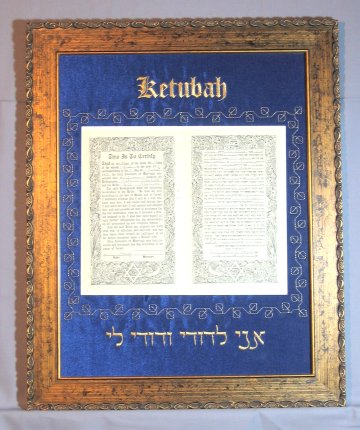So a Ketubah is a contract. Like any contract, it is signed, there are witnesses, and there is a bit of ceremony surrounding it. Okay, in our case, a lot of ceremony!
But is it a real contract? Is it legally binding?
The answer to this depends on, which legal system the contract is in reference to.
If you live in the USA, continental Europe or Latin America — for example — then, by the laws of the physical land (like the State of New York or indeed anywhere in America, for example), then the answer is a resounding, “no!”: it is not a legally binding contract.
But many of us answer to a higher authority, following another legal system (on top of that of the physical jurisdiction in which we live) — such as the Jewish law.
To observant Jews, the Kebutah is indeed a binding contract. Although many of the details might sound outdated (do these currencies even exist anymore?), it is common, say, in the case of a divorce, to translate the given amounts into modern currencies.
The unobservant Jew does not even consider the jurisdiction nor technical details of the Kebutah, for he considers it more a symbolic act above all.




